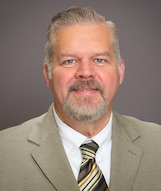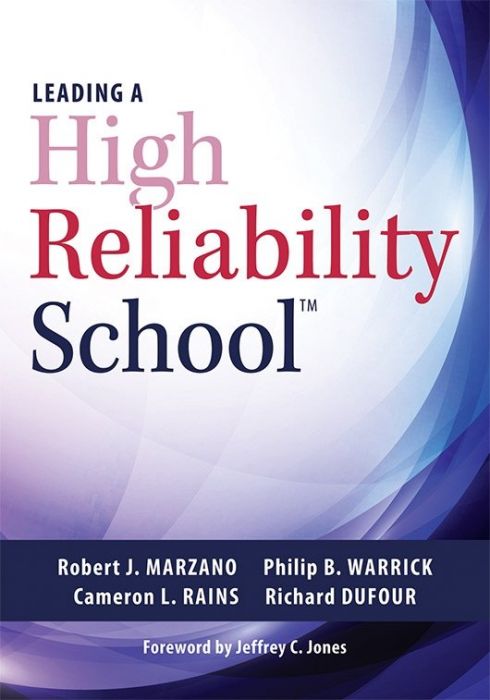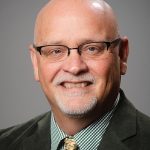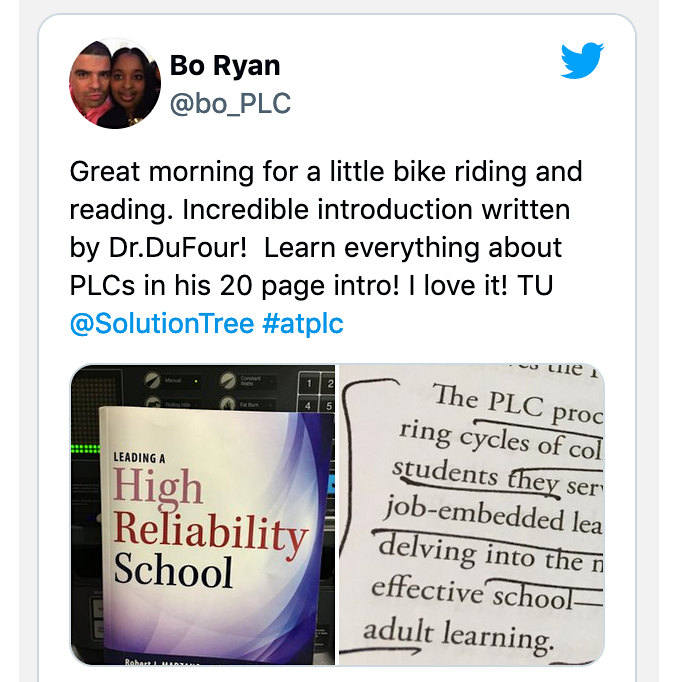
By Stoney M. Beavers, Ph.D.
Vice President
Alabama Best Practices Center
As our network members already know, we will continue to use Leading a High-Reliability School by Marzano and three colleagues: Philip B. Warrick, Cameron L. Rains, and the late Richard DuFour as our guiding text for the Key Leaders Network (KLN). We are looking forward to building on our thinking in the five key areas of reliability that we began to explore during the 2021-2022 school year.
colleagues: Philip B. Warrick, Cameron L. Rains, and the late Richard DuFour as our guiding text for the Key Leaders Network (KLN). We are looking forward to building on our thinking in the five key areas of reliability that we began to explore during the 2021-2022 school year.
We are excited to continue to bolster the high-reliability school work of the Alabama Math, Science, and Technology Initiative (AMSTI), our sister program A+ College Ready, and our Regional Inservice Centers. While we will be extending the learning from 2021-2022, new districts are welcome to join the network as the design will provide multiple entry points for diving into the text. We are also excited that we will be able to return to a full schedule of full-day face-to-face learning sessions after our kickoff session which will be virtual.
 "Leading a High Reliability School is a powerful and innovative new tool for instructional leaders. It is well-grounded in relevant theory and high-quality research. But the book’s real treasure is the wealth of guidance and practical, actionable steps leaders can take to improve the quality of classroom instruction and make a measurable and substantial difference in student learning.”
"Leading a High Reliability School is a powerful and innovative new tool for instructional leaders. It is well-grounded in relevant theory and high-quality research. But the book’s real treasure is the wealth of guidance and practical, actionable steps leaders can take to improve the quality of classroom instruction and make a measurable and substantial difference in student learning.”
— Keith Gurley, associate professor of education leadership, the University of Alabama at Birmingham
 Our Old Friends:Validity & Reliability
Our Old Friends:Validity & Reliability
For all of us who’ve had the pleasure of studying Research & Statistics, the concepts of validity and reliability are pretty familiar as they relate to assessments. When put into the context of a school or district, however, they take on new meaning.
As we know, validity is the basic idea of “soundness.” Marzano, Warrick, and their colleagues specifically address reliability as a process or framework to ensure that schools and districts can reliably make progress toward continuous improvement, regardless of current contexts or changes in leadership.
The authors’ work pulls from the research on High Reliability Organizations (HROs) and applies this business model to the context of schools and districts. Before exploring the framework further, the authors begin by presenting Rick DuFour’s beautiful opus on “The Primacy of the PLC Process,” a key element in their conceptual approach.
The Importance of the PLC Process ‘Done Right’
I would challenge any school with Professional Learning Communities in place to read Richard DuFour’s introduction to Leading a High Reliability School closely. In this section, DuFour so clearly lays out the essential elements of effective PLCs as well as their importance for high-reliability work.
The subheading for the chapter is “The Primacy of the PLC Process,” and that is exactly what we discover as we read. Unless schools have genuine, highly functioning PLCs in place, they are unlikely to become high-reliability schools. DuFour reshares the four critical questions for teams and schools working in a collaborative culture:
►What is it we want students to learn?
►How will we know if students are learning?
►How will we respond when students don’t learn?
►How will we extend learning for students who are highly proficient?
Marzano and his colleagues add two additional questions:
►How will we increase our instructional competence?
►How will we coordinate our efforts as a school?
It is these last two questions that ground the work of high-reliability schools. Are there systems in place to help teachers grow their instructional practices? Is everyone in the school working cohesively and coherently toward the same goal to increase student well-being and achievement?
DuFour’s introduction is a perfect tool for self-reflection for any leaders who want to reconsider their impact and ensure that their teams are functioning effectively and mining the value associated with collective efficacy.
Equity and Excellence: An Essential Question
“Can we be equal and excellent too?” (Gardner, 1961) This question bookends Leading a High Reliability School, and it seems to me that it should continue to be at the heart of our learning this year. Can we work toward greater equity and also toward excellence? The authors offer a framework that makes this work achievable. We look forward to learning what our KLN participants are doing in their schools and districts and how they are addressing questions like this one in their daily work.
We know that all of our partners are working hard, and as our authors point out in their book, it’s vital that we’re all working on the “right work.”
To help with this focus, Marzano and his colleagues have targeted twenty-five leading indicators based on their own research as well as the highest-ranking variables from John Hattie. These indicators are organized into five levels:

These levels house much of the collective work we have all been doing in ABPC networks over the past several years to improve teaching and learning. This year our Key Leaders Network community will build on what we have all accomplished together.
We are looking forward to diving deeper with our team members into the research and strategies for addressing these high-reliability indicators, always keeping in mind your specific contexts and offering some differentiation so that schools and districts can narrow their focus to a specific level. By networking and learning collaboratively, we can support each other, our colleagues in our schools and districts, and most of all our students – who expect the best from us.
Click here to read more about how KLN will work this year, including team structure and registration fees. If you’re interested in learning more about participating in the Key Leaders Network, do not hesitate to contact me or our Operations Manager, Dakota Punzel. You’ll be joining your professional colleagues serving on the front lines of school change in an amazing year of study, conversation and action planning, and earn an ACLD-approved PLU in the process.
Dr. Stoney M. Beavers is the Vice President of the Alabama Best Practices Center. He has been an award-winning teacher, a Director of Secondary Curriculum, and was Assistant Superintendent in Blount County (AL) for more than a decade.

0 Comments on "The 2022-23 Key Leaders Network Will Continue to Focus on High Reliability Schools"